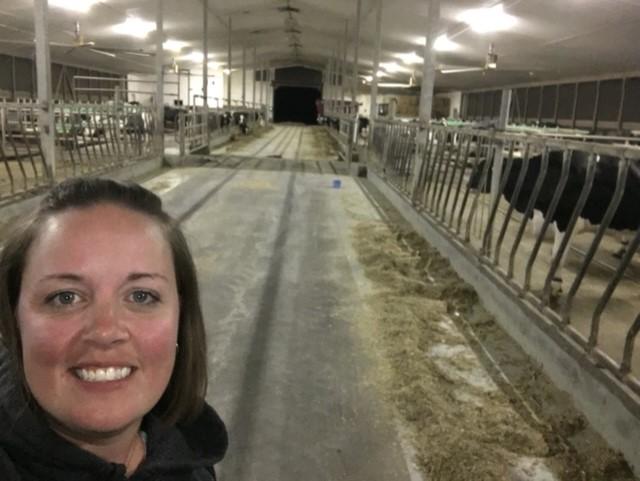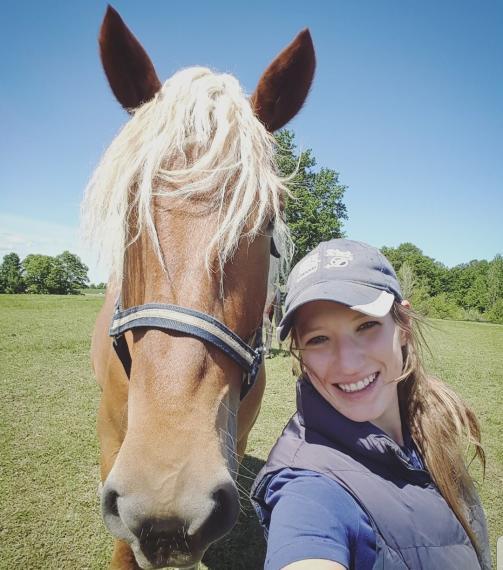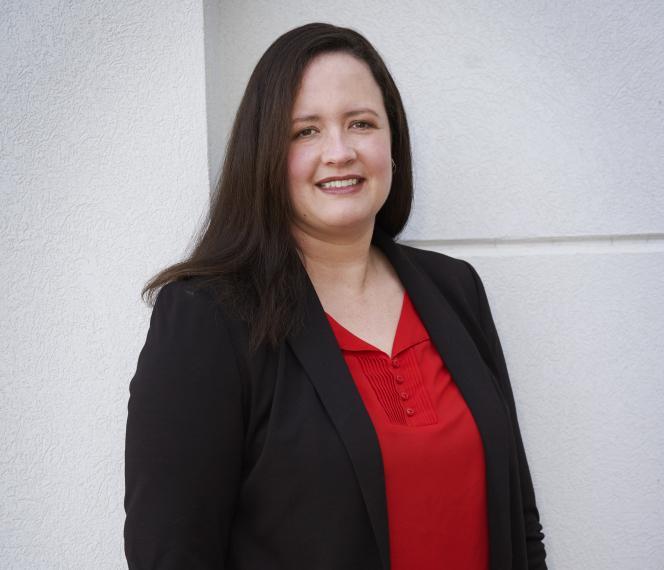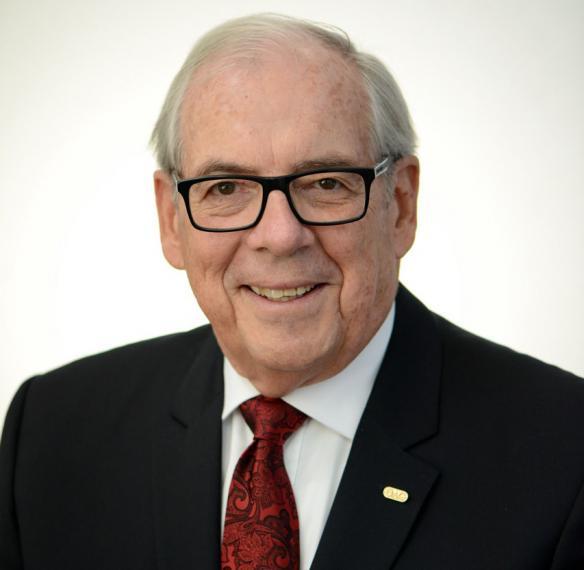Celebrating Food Day Canada 2020
"Food Day Canada (to be held on Saturday, August 1st, 2020) is a chance for all Canadians to join hands (virtually) in one massive celebration in praise of our farmers and fishers; our chefs and researchers…and, above all, our home cooks."
We’re celebrating Food Day Canada this year by sharing information, recipes and fun facts for the whole family. Many of our alumni and community are balancing working from home and childcare, so we thought we’d share some fun activities to entertain everyone.






